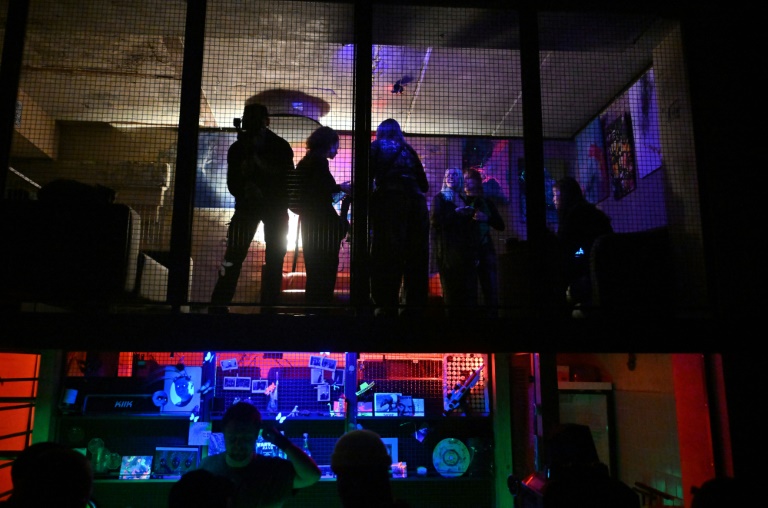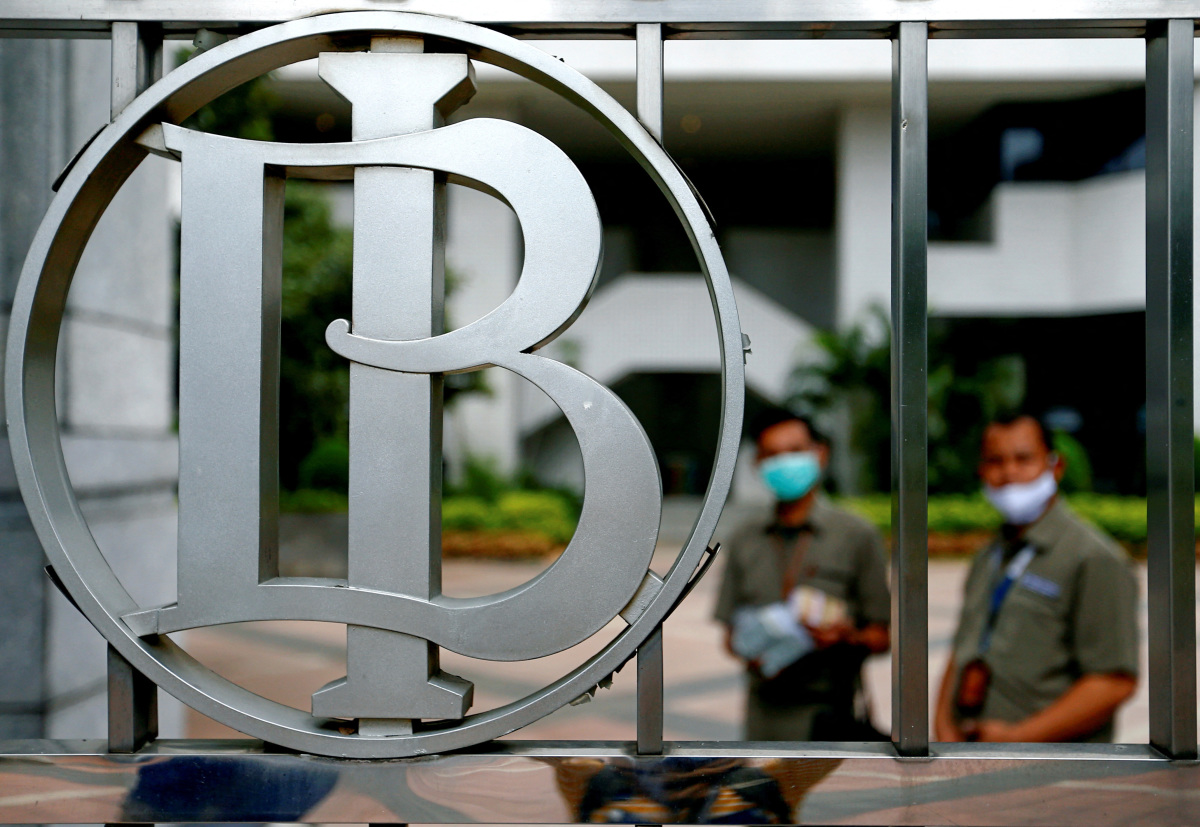KEY POINTS
- The products may fail to alert consumers to the presence of hazardous smoke or CO
- Inhalation of carbon monoxide, called “invisible killer,” can be fatal
- Consumers are urged to install new, working smoke and CO detectors
The U.S. Consumer Product Safety Commission (CPSC) has warned consumers to not use certain smoke and carbon monoxide (CO) detectors sold on Amazon. They may fail to alert consumers to the presence of hazardous smoke.
The CPSC issued two warnings against certain smoke and carbon dioxide detectors Thursday — one for PETRICOR, VARWANEO and WJZTEK combination smoke and CO detectors and another for OKEAH detectors.
The problem with the PETRICOR, VARWANEO and WJZTEK detectors was that they “failed to alert” when they were exposed to pre-determined smoke concentrations, according to the agency. The OKEAH detectors also failed to work when exposed to predetermined concentrations of CO and smoke.
#Warning: @USCPSC warns consumers to stop using PETRICOR, VARWANEO, and WJZTEK combination smoke and CO detectors. Can fail to alert consumers to deadly smoke. Sold @Amazon. Stop using and dispose of them. Don’t buy or sell them. https://t.co/sVSZZKvQAZ
— US Consumer Product Safety Commission (@USCPSC) April 13, 2023
These failures are violations of voluntary safety standards.
“If a combination smoke and CO detector that does not alert to the presence of an elevated level of carbon monoxide or smoke is installed in a home, and carbon monoxide or smoke enters the home, the consumer will not be warned of these harmful conditions, making injury or death very likely,” the agency noted.
#Warning: @USCPSC warns consumers to stop using OKEAH combination smoke and carbon monoxide (CO) detectors. The detectors can fail to alert consumers to the deadly CO and smoke. Sold @Amazon. Stop using and dispose of them. Don’t buy or sell them. https://t.co/dcYvTIZy2z
— US Consumer Product Safety Commission (@USCPSC) April 13, 2023
Both smoke inhalation and carbon monoxide poisoning are quite dangerous. Smoke inhalation, not the heat or flames, is said to account for “most fatalities” in residential fires. With only a few minutes to escape after an alarm goes off before the conditions in the home become “incapacitating or deadly,” working smoke alarms provide much-needed time for residents to get to safety.
“(T)he risk of dying in a fire is twice as high in homes without a working smoke alarm (1.18 per 1,000), as compared to homes with smoke alarms (0.53 per 1,000),” the agency explained.
CO, dubbed an “invisible killer,” is a colorless, odorless gas that can kill. It can go undetected and dangerous levels of the gas can build-up in a space without being noticed until people start to become ill. If a person is drunk or sleeping, they may even die from CO poisoning before they experience symptoms.
This makes CO detectors critical for safety.
Each year, some 400 people in the U.S. die from accidental CO poisoning that’s not associated with a fire, according to the U.S. Centers for Disease Control and Prevention (CDC). About 100,000 end up visiting the emergency room, while 14,000 have to be hospitalized.
The CPSC has urged customers to stop using the smoke and CO detectors and to dispose of them. They should install new, working detectors, preferably on every level of the home and outside sleeping areas.
“CPSC urges consumers not to purchase or sell these combination smoke and CO detectors,” the agency warned.
Details about the recalled products, including model numbers and features to look out for, such as the digital display on the PETRICOR and VARWANEO models or the label at the back of the PETRICOR and WJZTEK models, are available on the CPSC website.







